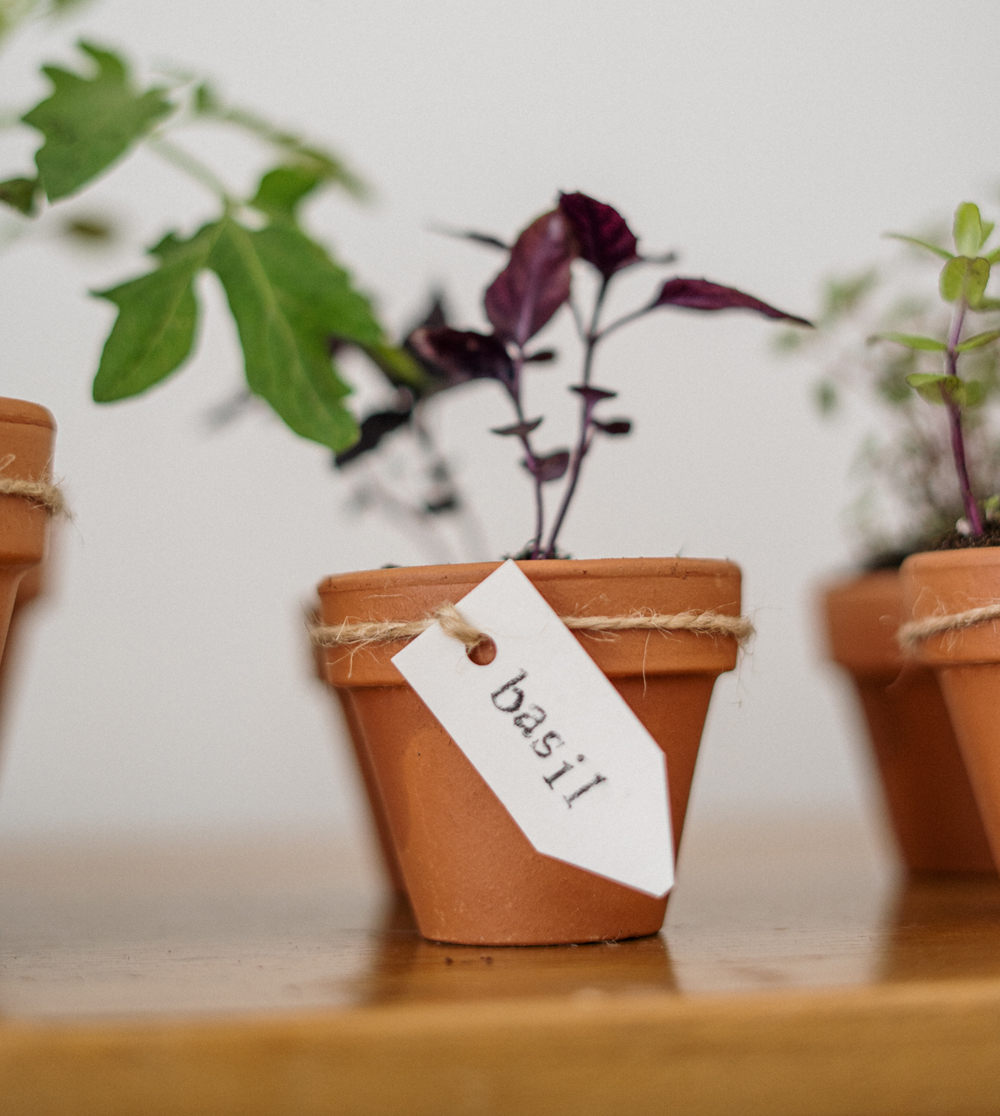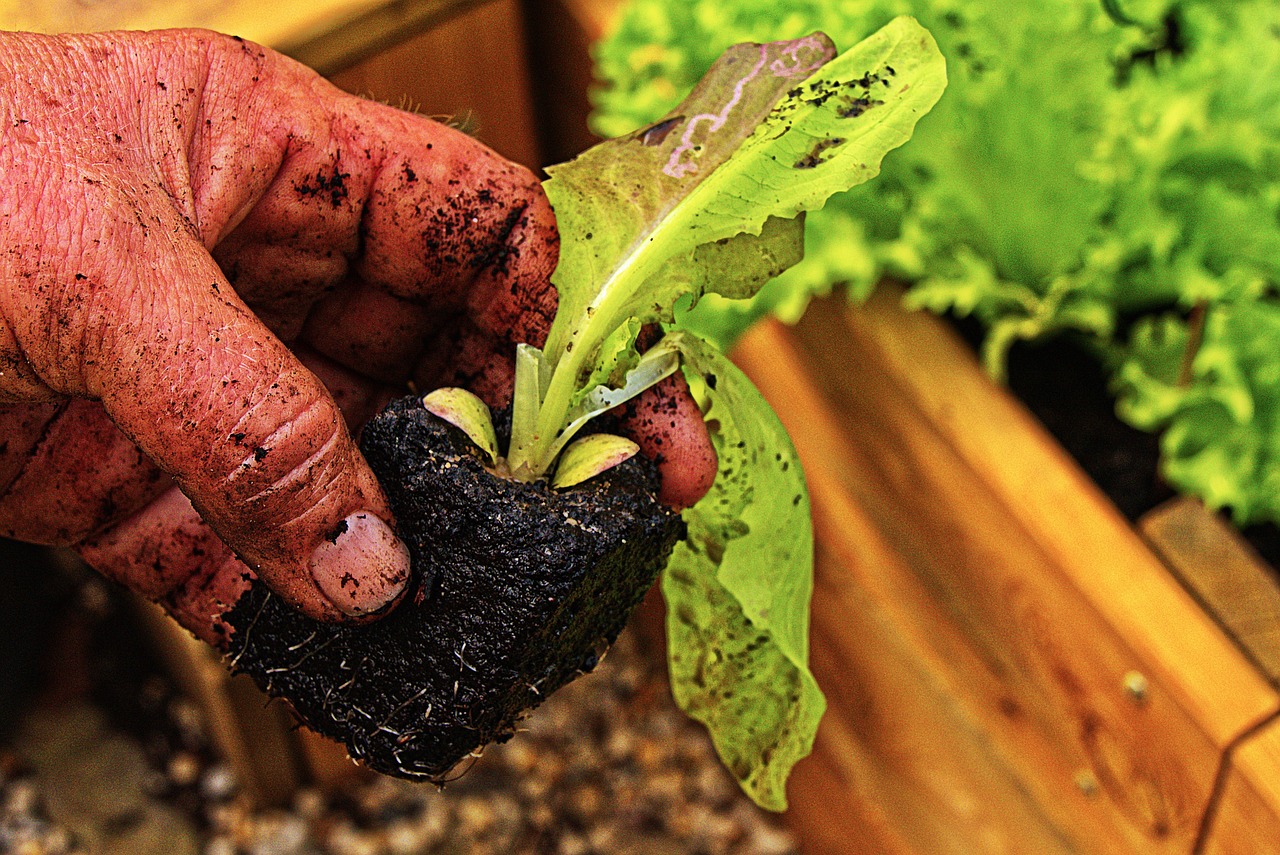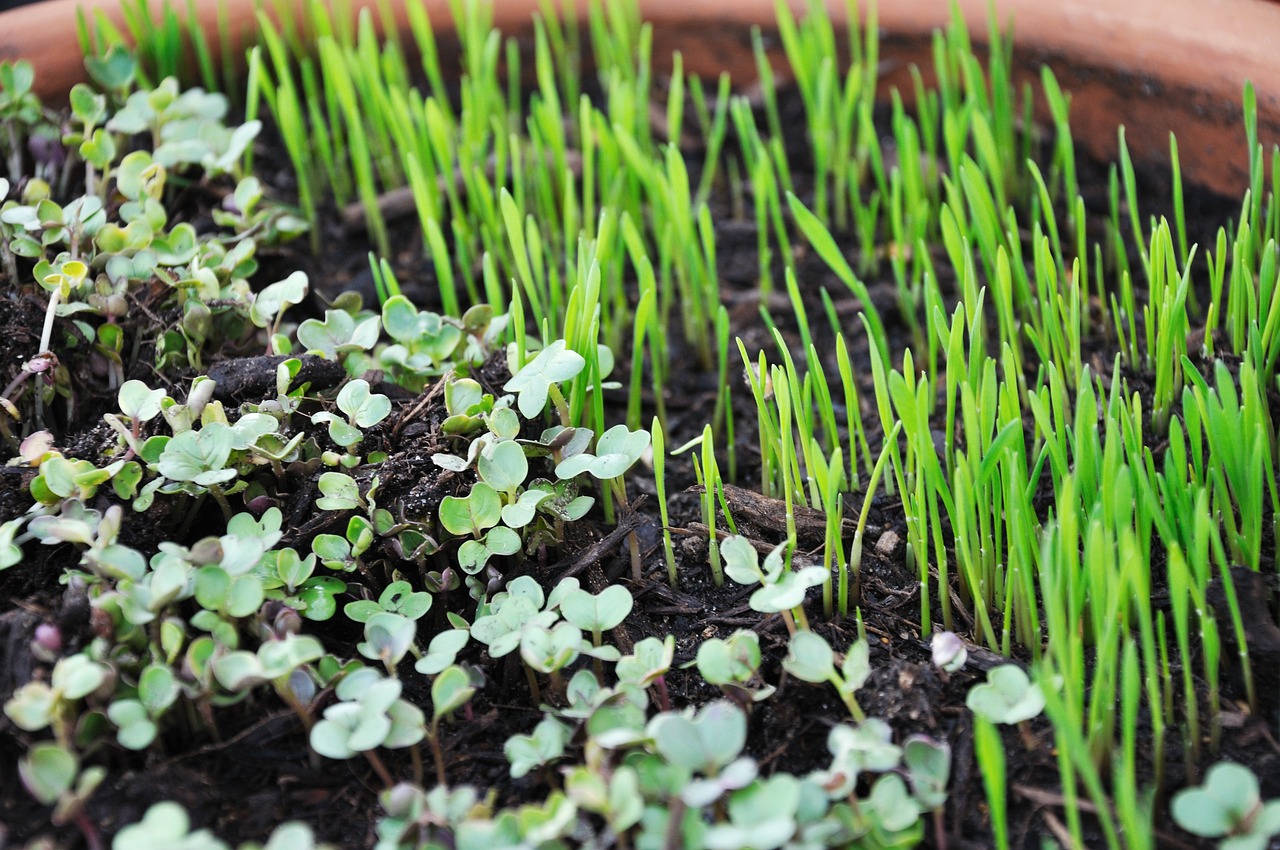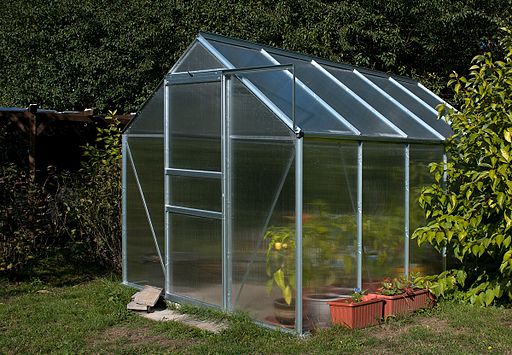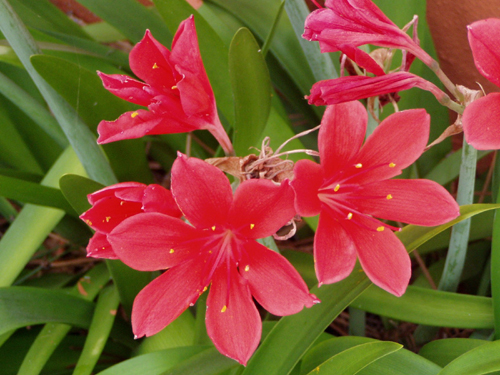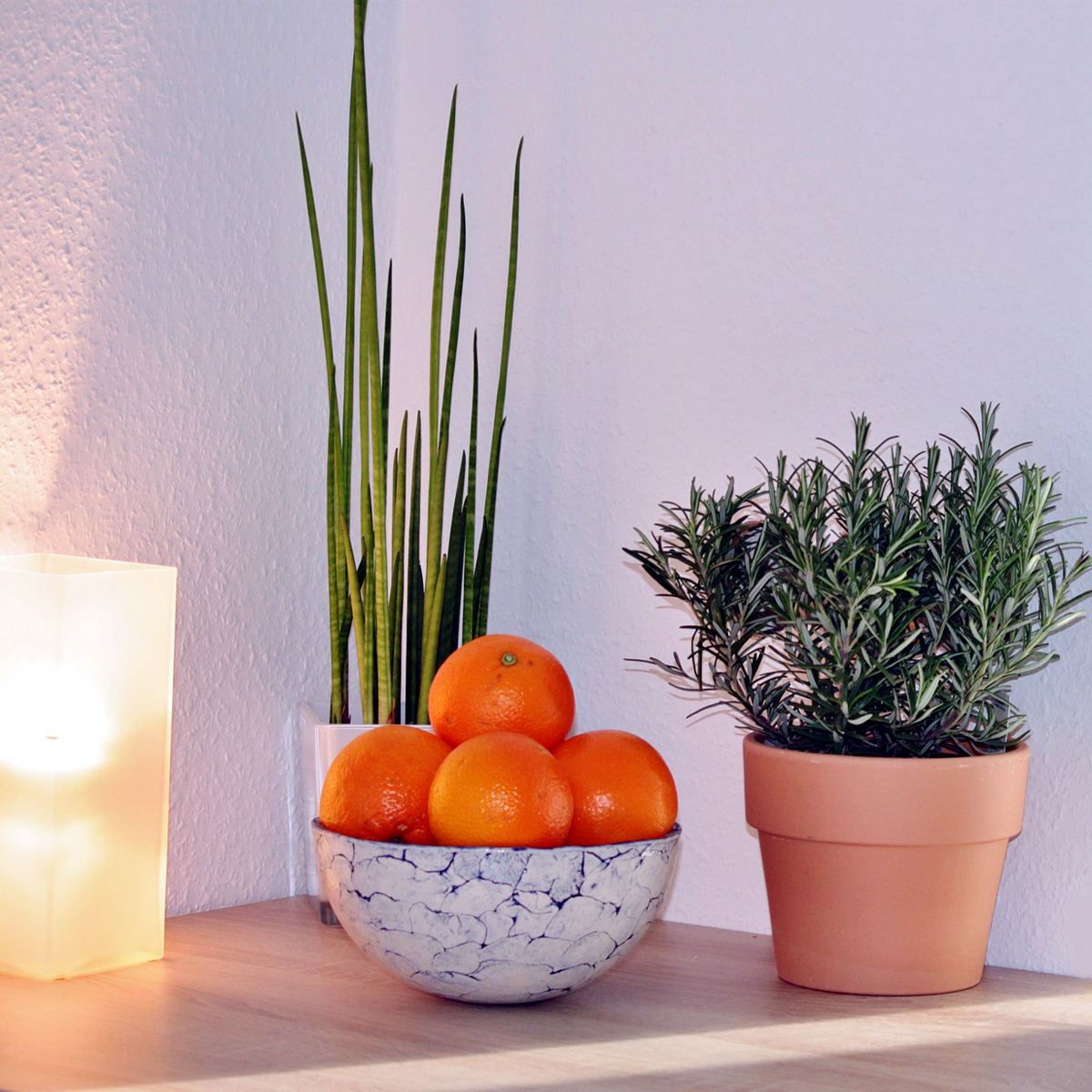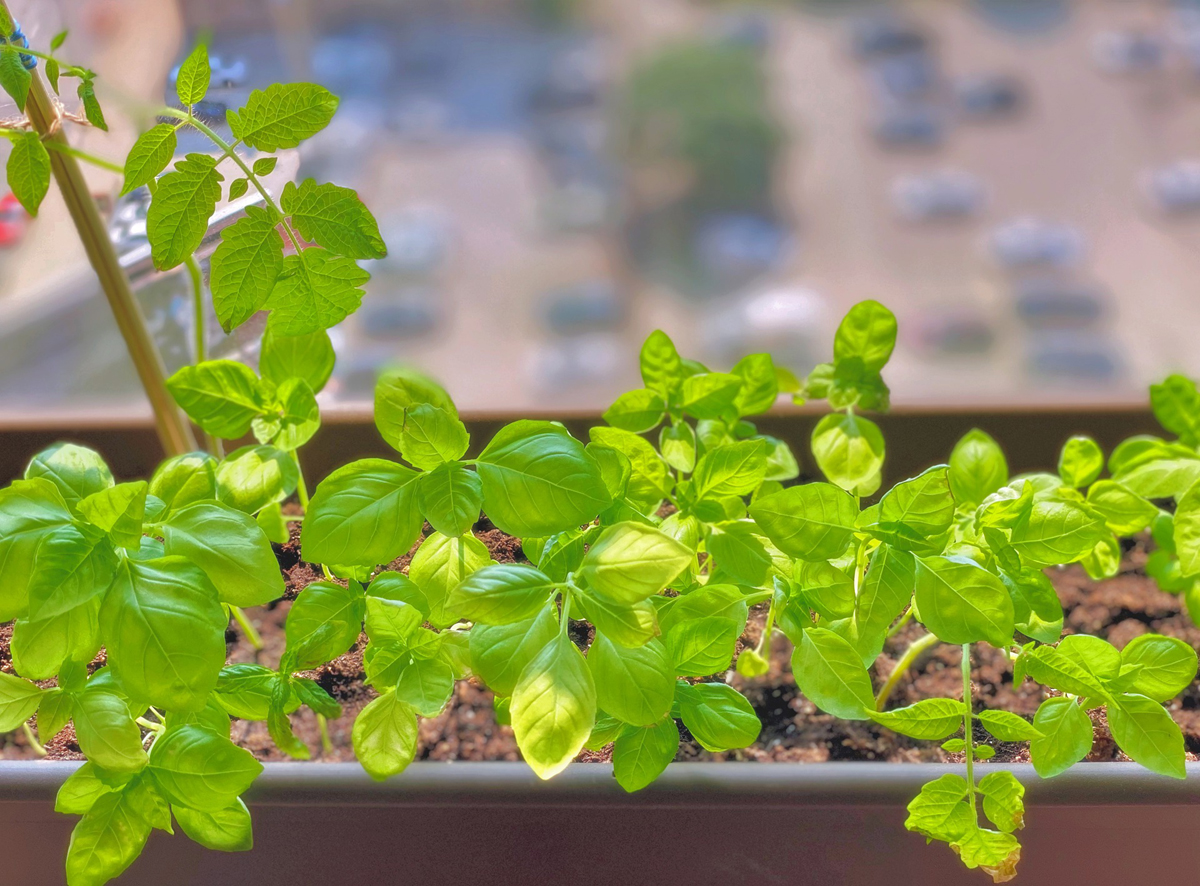Prepare your Plants and Greenhouse for Winter
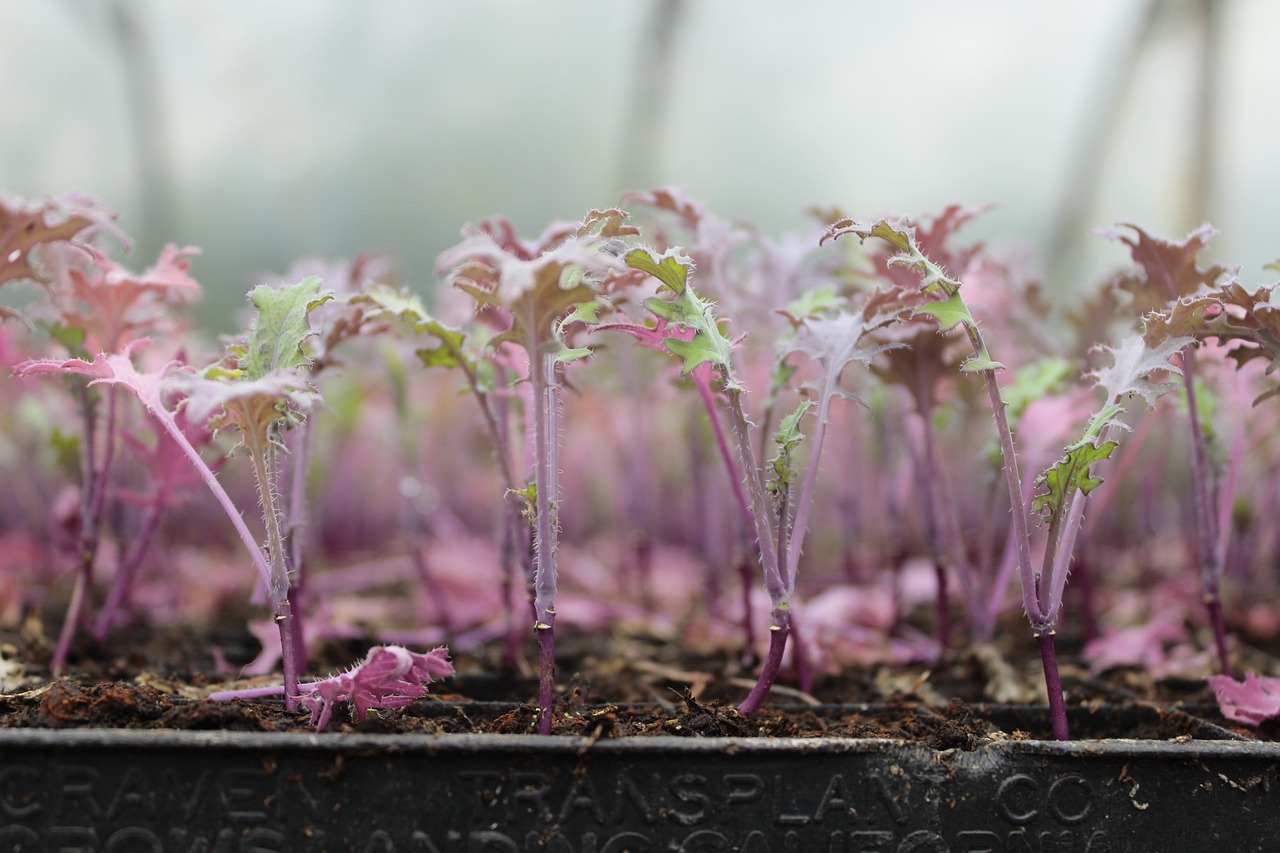
The winter months can often be harsh for us all, but the frost can mostly bite our gardening. Provided that we manage our gardening effectively around the winter months then our plants can not only survive but thrive.
Firstly, are you planting the right things for the climate? Obviously, many plants cannot survive cold British winters however some plants, such as beetroot, broccoli and cabbage are made of stronger stuff. Any seedlings need to be kept indoors, left to grow on a window sill.
Overwintering plants is the process of protecting plants during the winter weather. This typically involves potting plants ready for the return of Spring or alternatively moving plants from the outdoors and into a greenhouse during the cooler months.
Greenhouses are a perfect choice to look after your plants in the winter. Designed to specifically keep in the warmth, they provide the best environment for many winter plants, flowers, vegetables and leaves, so usually there is little else that needs doing to protect your plants, however there are tried and tested methods that ensure you optimize the value of your greenhouse.
What it is that makes a greenhouse so effective is the way that it traps sunlight adding warmth, importantly then, in order for a greenhouse to be fully effective you need to ensure that sunlight can successfully get in. Begin by trimming any overhanging vines or foliage that may be reducing the amount of light into the greenhouse. Secondly, for self positioning greenhouses make sure you maximize the amount of south facing wall by ensuring that the axis goes from east to west. If your greenhouse is a lean to against your home, then this too can be equally effective as the greenhouse will add warmth into your home throughout the day and during the night will absorb the houses warmth.
Obviously, green houses are most effective during the day due to their reliance on natural light sources. A handy tip is to find a water barrel, paint it black and fill it with water. Leave it in the warmest spot in your greenhouse and it will absorb any warmth from sunlight during the day, then continue to give off this warmth throughout the night, an eco friendly, cost effective and convenient way of heating your greenhouse throughout the night.
Ensure that throughout the winter, you regularly monitor the temperature within your greenhouse. The temperature should ideally be no lower than 40 degrees Fahrenheit, any lower than this then the plants are at risk of dying. Bubble wrap is an excellent way of adding extra insulation to your greenhouse, the air pockets work as mini insulators and its transparency still allows light into the greenhouse.
Note that due to reduced growth, plants do not need to be watered as regularly in the winter months as in the summer months, so only water a plant when the soil is dry as to avoid over saturating them. Also note that greenhouses themselves do not entirely prevent frost, so check the weather forecasts regularly so you can prepare your plants in advance. Note that the coolest temperature in a greenhouse tends to be closer to the floor, so ensure any delicate plants are kept on tables and ideally with coverings such as bin bags, paper bags or blankets to prevent them frosting over.
The Author:
I am a keen gardener with very green fingers! I find the handy gardening hints and tips at Hartley Botanic really useful! Watch this space for more home and gardening advice, any comments / points would be of interest!

